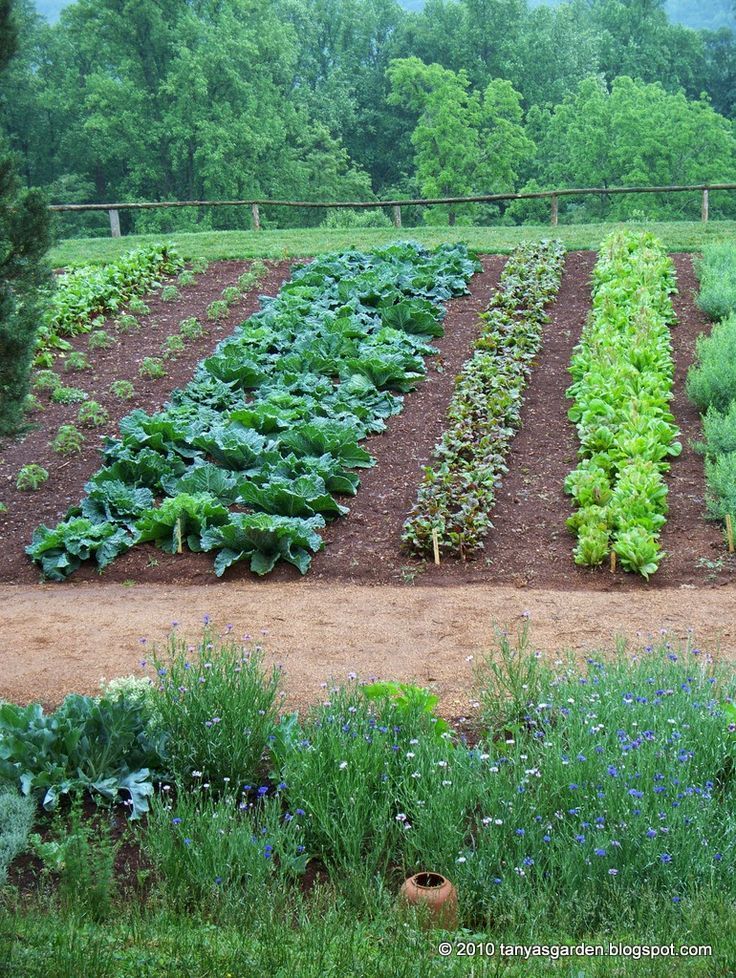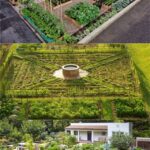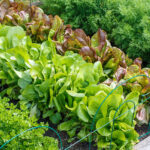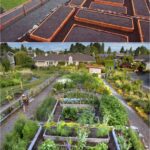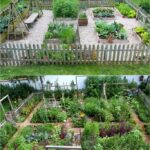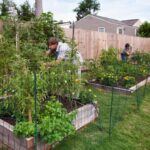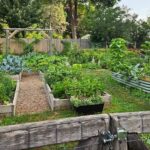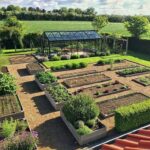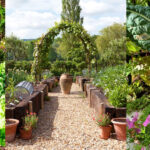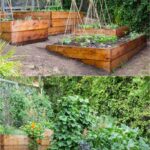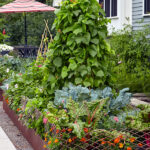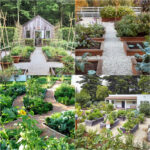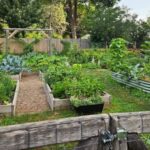When it comes to creating a vegetable garden, design is key in ensuring a successful and thriving space. There are many factors to consider when planning the layout of your garden, including the size of the space, the types of vegetables you want to grow, and the climate of your region. By carefully designing your vegetable garden, you can maximize space, improve plant health, and create a beautiful and functional outdoor space.
One important aspect of vegetable garden design is choosing the right location for your garden. Most vegetables require at least six hours of sunlight per day, so it’s important to choose a spot that receives adequate sunlight. Additionally, you’ll want to consider factors like soil quality, drainage, and proximity to water sources. By selecting a suitable location for your garden, you can set your plants up for success from the start.
Another crucial element of vegetable garden design is determining the layout of your garden beds. Raised beds are a popular choice for vegetable gardens, as they provide good drainage, are easier to maintain, and can help control soil quality. When planning your garden beds, be sure to leave enough space between each bed for easy access and maintenance. You may also want to consider incorporating pathways or stepping stones to help navigate through the garden.
In addition to the layout of your garden beds, it’s important to consider the types of vegetables you want to grow when designing your vegetable garden. Some vegetables require more space to grow, while others can be planted closer together. By researching the spacing and planting requirements of each type of vegetable, you can create a garden layout that maximizes space and promotes healthy plant growth.
When designing a vegetable garden, it’s also important to think about incorporating companion planting techniques. Companion planting involves planting certain vegetables together to improve growth, deter pests, and enhance flavor. By incorporating companion planting into your garden design, you can create a more diverse and resilient garden that thrives naturally.
Finally, don’t forget to consider aesthetics when designing your vegetable garden. While functionality and plant health are key factors, a well-designed garden can also be visually appealing. Consider adding decorative elements like trellises, arbors, or colorful plant markers to enhance the beauty of your garden. By taking the time to carefully design your vegetable garden, you can create a space that is not only productive and efficient but also a pleasure to spend time in.
